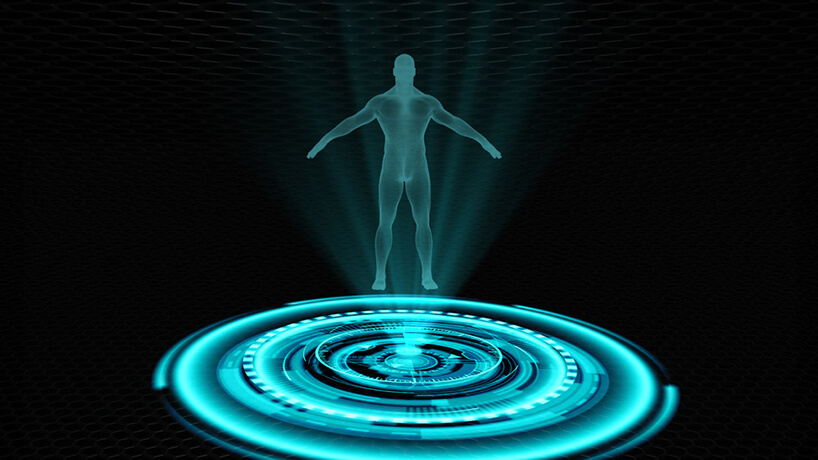The next chapter of digital events will include speakers who are streamed as holograms. Vimeo’s new technology will make the once sci-fi world of 3D holograms a reality.
If you’ve been keeping a finger on the pulse of trends that will transform the meetings industry, you may remember in 2015 PCMA teamed up with Marriott to predict what the next generation of engagement would look like. The forecast included the futuristic concept of immersive telepresence, which the hotelier believed could disrupt the meetings business.
“As advancements in technology continue to increase immersive telepresence’s capabilities,” a Marriott release stated, “the group believes the meetings industry will find ways to work with new formats that seamlessly convey content and ideas with similar, if not stronger, storytelling than in-person presentations and gatherings.”
Nearly three years after that report, the prediction is proving to be correct with Vimeo’s latest advancement in technology: the ability to live-stream 3D holograms. “At a recent meet-up in Vimeo’s Brooklyn office, we live-streamed a 3D hologram in real time using Vimeo Live,” Or Fleisher, one of the company’s creative technologists, wrote in a blog post, “and it was awesome.”
“The idea of live presence, of knowing something represented in virtual 3D space is actually happening right now somewhere else, always seemed to be the place that is heading towards,” Fleisher continued. “Let’s call it telepresence.”
Coming to Life — Not Just for Celebrities, Either
You might remember holograms making a big entrance to the consumer world when deceased rap icon Tupac took the stage at Coachella in 2012. The tech move wowed those in attendance. Soon, other events followed suit with Michael Jackson “appearing” at the Billboard Music Awards in 2014.
Vimeo’s move, though, proves that 3D holograms aren’t reserved for the rich and famous (and those no longer with us). This kind of offering is now available for the general public. “Who is this for?” Fleisher wrote. “Well, everyone. We’re aware that costs are involved to acquire a depth camera and a Vimeo Live account, so the technology isn’t free. But the affordability of volumetric video isn’t out of the reach for many for whom it holds the most exciting possibilities: creators, artists, broadcasters, musicians, and many more who will invent the next-generation use cases to push video beyond its 2D status quo.”
Fleisher’s experiment used Intel’s RealSense D415, a device that can capture depth from the real world that costs around $100. While that price tag certainly does make it affordable for almost everyone, this type of technology lacks the simplicity factor. There’s no plug-in-and-press-hologram-button capability. If you don’t speak the language of 3D technology, the process is complex and involves navigating through coding language.
With that layer of work, I don’t expect to see 3D holograms popping up on screens everywhere — just yet. But just around the corner, telepresence will be telepresent.

